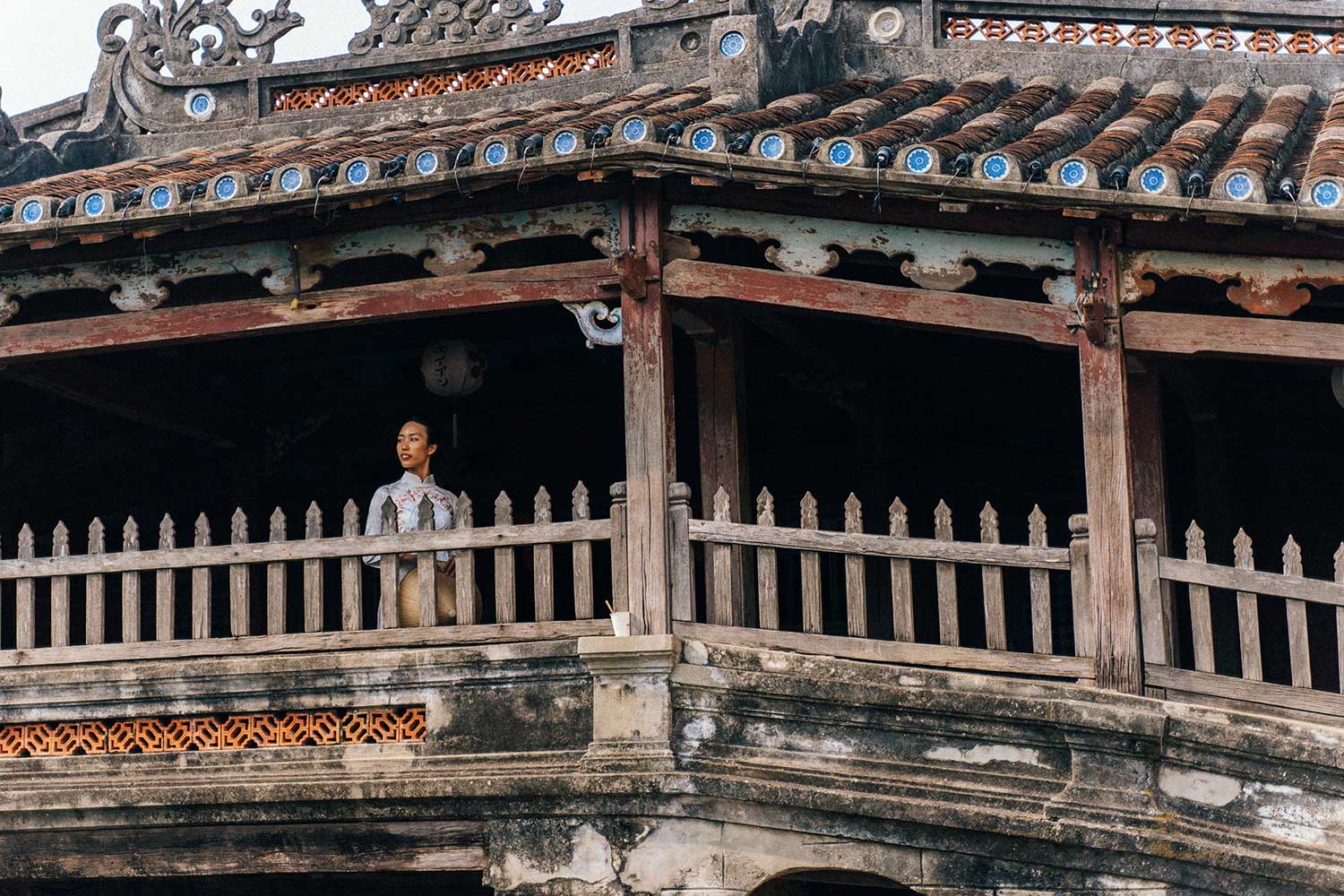Where do countries put their technological, artistic and architectural innovations on the global stage?
For over a century, World Expositions have showcased the latest advances. The next will be held in Osaka, Japan, in 2025 and work has already begun on the timber construction.
A Showcase of Architectural Innovations
Crystal Palace was the centrepiece of the first World Expo, which was held in London in 1851. At the time, the manufacture of glass plate was in its infancy. As such, a glass building of such scale was an ambitious project and an inspiring sight.
Although Crystal Palace was destroyed by fire in 1936, some World Fair architecture can still be visited. A renowned example is The Eiffel Tower in Paris, a bold architectural statement which was the entrance to the 1889 World Expo. Forged from French iron, it took time for the nation to warm to the construction, yet it continues to attract millions of visitors every year.
In the 1950s and 60s, all eyes were on the moon. This is reflected in The Atomium, with its reflective steel spheres, which was built for the Brussels World Fair in 1958. Then again in another futuristic design in 1962; the steel and reinforced concrete Space Needle in Seattle. Both continue to provide visitors with an elevated view of the surrounding city.
More recently, architects have started to rethink the past. The 2010 China Pavilion in Shanghai is a great example. The bold red, interlocking design evoked the country’s historic temples, yet delivered a modern twist. For a start, the timber construction is clad in powder-coated aluminium for a durable finish. It is now home to the China Art Museum.
Osaka 2025 Celebrates Tradition of Timber Construction
The next World Expo is due to open on 13 April 2025. Architect Sou Fujimoto has again drawn inspiration from the Japanese tradition of timber construction. However, this is combined with modern technology to give sufficient strength and structural integrity to a building with a 2-kilometre circumference.
Building work has already begun for this expansive construction, which is located on Yumeshima Island in Osaka Bay.
Sou Fujimoto’s signature style is to blend the natural and artificial. His designs typically avoid defined edges. If you visited the elaborate latticework of steel poles that he designed for the Serpentine Pavilion in 2013, you will have a sense of how this is achieved.
For the World Expo project, the huge timber construction will form a framework in which the internal pavilions are housed. The structure supports a deck, yet there are no walls or roof, so natural light is optimised.
As with the Serpentine Pavilion, visitors will experience no clear boundary between internal and external spaces. This is one way that the architect builds a connection with the surrounding landscape. In addition, the deck offers pathways through natural planting, where visitors can walk, relax and enjoy the views.
If you are keen to visit the Osaka World Expo, tickets go on sale later this month.

Timber Construction for the Future
Returning to the traditions of timber construction may not seem as cutting edge as previous architectural innovations, yet Sou Fujimoto is pushing the boundaries of wooden buildings. Timber is seen as critical to the future of sustainable construction. As a building material, it is aesthetically desirable, naturally insulating and low carbon. None of those features can be credited to concrete!
Read more about Sustainable Construction
As experts in charred timber cladding, we know that timber is durable. For a start, when the outer layers of wood are charred it protects the core. This means a timber building can have greater fire resistance than unprotected steel. What’s more, timber offers versatility that enables architects to realise stunning concepts.
We are seeing a growing number of architects specifying timber as a material of choice. The Osaka expo could provide further inspiration. Let’s see the design potential when this sustainable, natural and beautiful material takes centre stage.
Shou Sugi Ban® Charred Timber Cladding
As specialists in the manufacture of Shou Sugi Ban®, our charred timber cladding is specified by architects looking to make a design statement. The blackened timbers are also effective at blending a building into its surroundings and complement other heritage and contemporary construction materials. We are also an approved UK distributor of Exterpark Hardwood Cladding. Both options are supplied in a range of timbers.
If you have any questions or would like to request samples and a quote, please contact us on 01494 711800.
